
NoLimitDB
gamer level 3
823 xp
823 xp
followers
5
5
Use my invite URL to register (this will give me kudos)
https://boardgaming.com/register/?invited_by=nolimitdb
profile badges




recent achievements

Novice Reviewer
Review 5 games and receive a total of 140 positive review ratings.
Review 5 games and receive a total of 140 positive review ratings.

Amateur Reviewer
Review 3 games and receive a total of 40 positive review ratings.
Review 3 games and receive a total of 40 positive review ratings.

Novice Grader
Grade 20 more reviews or tips by clicking "Yes" or "No" in response to the question "Was this helpful?"
Grade 20 more reviews or tips by clicking "Yes" or "No" in response to the question "Was this helpful?"

Gamer - Level 3
Earn Gamer XP to level up!
Earn Gamer XP to level up!
Player Stats
Critic (lvl 2)
535 xp
535 xp
Explorer (lvl 1)
125 xp
125 xp
Professor (lvl 0)
75 xp
75 xp
Reporter (lvl 1)
157 xp
157 xp
About Me
I'm mostly drawn to strategy board games, with a genre preference of modern fantasy/futuristic sci-fi, depending on my mood that day. However, I will play almost anything and give anything it's fair play. I love to give my opinions about the games I've played, for I feel the sharing of opinions enhances the experiences of us all.
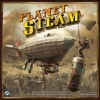

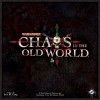
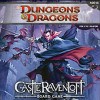

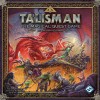


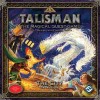

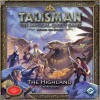



















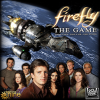






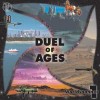



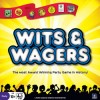





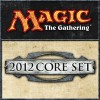


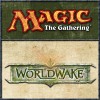

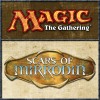
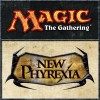

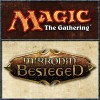
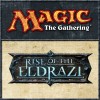



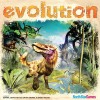



Tsuro
BUY. THIS. GAME!
*ahem* Sorry about the outburst, I’ll get into it before I gush too much.
The Overview: This game is a knock-down, drag-out fight to the death between a number of Dragons! The object of the game is to be the last Dragon flying by weaving a winding path through the mountains to confuse and trip up your enemies while staying alive yourself. The principle of the game is incredibly simple, you outwit and outlast your opponents. This game has been fun from the very first playthrough. Funny note, it is possible for each player to lose the game. Should the last tile to be placed run all the Dragons off the board, then everyone loses!
The Rules: The rules for this game are also incredibly simple, which is sort of the theme here. You begin by choosing a colored figure to represent your dragon, then you shuffle the game tiles and each person takes three of them. Randomly decide who goes first. On your turn you will place a single tile, then draw a new tile. When you place a tile, every dragon touching an edge of that tile will move to the end of their newly created line. If two dragons collide, both die. If a dragon is forced off of the board, they die. Game continues until all of the tiles have been placed. Once the final tile has been placed on the board the game ends and the last dragon standing emerges victorious. If there are multiple dragons left, then they tie. Very simple rules.
The Art: This game looks very intricate, with an ornate dragon on the board and on the tiles. The tiles themselves are sturdy, easy to shuffle and durable. They also look pretty good, time was take to design the aesthetic of this game and it shows in a very positive way. The player tokens are plastic figures with neat designs imprinted in them, they are reminiscent of colored stones and have a similar feel. Everything is very satisfying to touch and manipulate.
The Gameplay: Is amazing. Just, I have no other words. It is simply fun. Game takes no more than 15 minutes to play, even with maximum number of players. The turns are quick and there is always interaction, so you never find yourself just waiting. There is not much to manipulate, but, every player action can affect every other player in ways that are unexpected and exciting. I have seen one tile placed that killed five dragons, including the dragon that laid the tile! It flows very well, is very fast paced and game resets are a snap as all you have to do is just reshuffle the tiles. This game plays like a game should play.
The Opinion: I say again: BUY THIS GAME!! It is a perfect addition to game nights because it is very easy to learn, but has enough strategy to keep even veteran players interested and coming back for more. Games are a breeze to set up and play, it is the definition of a starter game. This is the game you play first, before you bust out Talisman. It is also the game you play before you switch genres, so after you’ve played Chaos in the Old World and you want to move to say, Clue, play a round of Tsuro in between to reset your gaming mind. This game is great in all phases and I absolutely love it. I highly recommend it for anyone who enjoys a casual, high-paced game that is light on strategy but does require some tactical thought.
On a continued note from some of my other reviews, really good Kickstarter games are starting to become more and more prevalent and I honestly like that trend. Indie game developers have some of the most interesting and unique game ideas. *steps off soapbox*